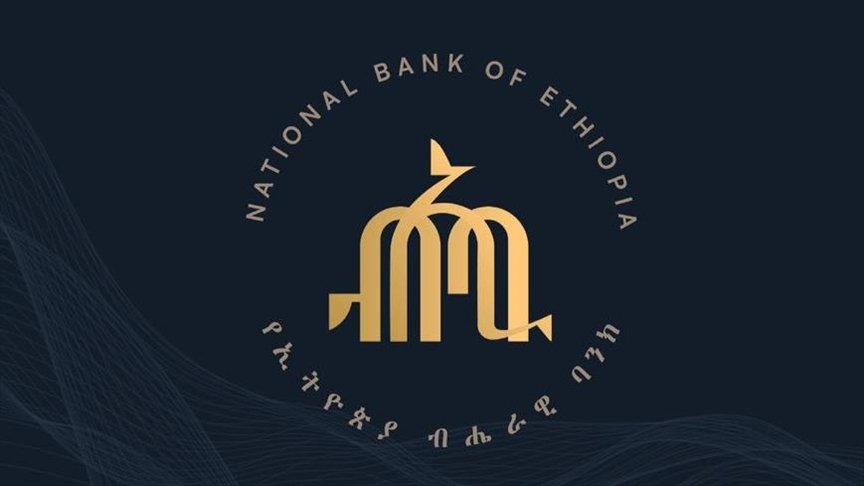On tables and desks from schools turned shelters, wartime vendors lined a street, selling used clothes, baby formula, canned food and the rare batch of homemade cookies.
In some cases, entire aid parcels — still emblazoned with the flags of their donating countries and meant to be distributed for free — were stacked on sidewalks and sold for prices few could afford.
Issam Hamouda, 51, stood next to his paltry commercial offering: an array of canned vegetables and beans from an aid carton his family had received.
“Most of the goods found in the markets are labeled, ‘Not for sale,’” he said.
Before the Israel-Hamas war devastated Gaza’s economy, he was a driving instructor. Now, Mr. Hamouda supports his family of eight the only way he can — by reselling some of the food aid they receive every few weeks.
“Once I got four kilos of dried dates and sold a kilo for 8 shekels,” he said, referring to the Israeli currency amounting to roughly $2.
In the seven months since Israel started bombarding Gaza and imposed a siege in response to the Oct. 7 Hamas-led attack, the enclave’s economy has been crushed. People have been forced to flee their homes and jobs. Markets, factories and infrastructure have been bombed and flattened. Farmland has been scorched by airstrikes or occupied by Israeli forces.







